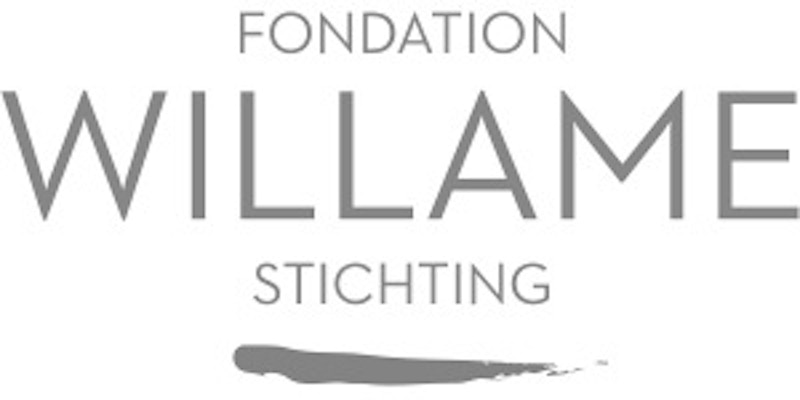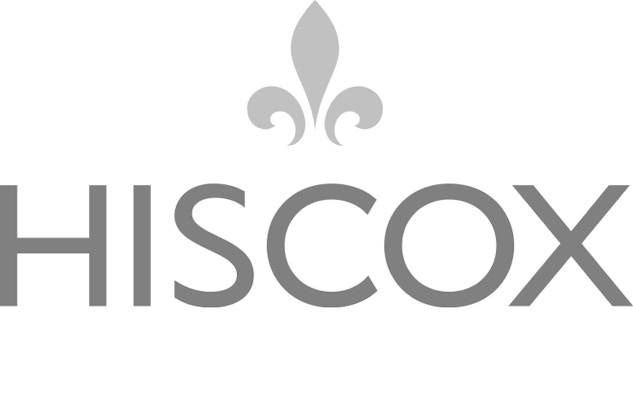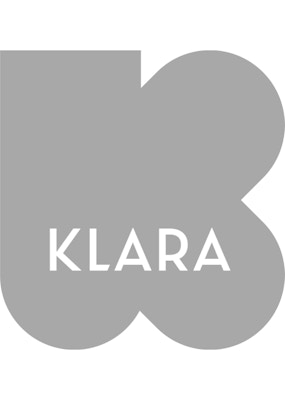Headquarters
10.Jan.04

Silvia Schreiber (b. 1956, Munich) creates portraits and anonymous human figures. The portrait is a genre with a memory going back centuries but which is rarely practised in contemporary art.
Most of Schreiber’s portraits are of people she knows, and in one case of an historical figure. They are often people with whom she works on a project, or else are linked in one way or another to the project or the exhibition venue.
Schreiber deliberately works in several media. In this way she explores in an exceptionally sensitive yet analytical way how each medium changes the image of the individual concerned. She starts from existing photos or ones she has taken herself, and from these makes a clay bust. In this way, the purely visual is converted into an utterly tactile action – kneading clay – which results in an image that gives much more of an emotional impression than a photograph does. After this, Schreiber makes a negative mould of the front and back of the clay sculpture in plaster. She then follows a traditional sculptor’s procedure, except that she does not cast bronze in the mould, but lays small pieces of vividly coloured Japanese paper inside it, sticking them together. The choice of colour is made quite intuitively, and is part of the overall ‘impression’ of the subject portrayed. Once the mould has been removed, a sculpture of a ‘personality’ or ‘individuality’ appears, which is literally wafer-thin and feather-light. In certain cases the creative process goes even further, and the paper sculptures are filmed or photographed. Schreiber has not put on an exhibition in the traditional sense in the S.M.A.K. It is an architectural intervention.
She has made five paper portraits of people who are connected in a special way with the museum and/or this particular project: in addition to Jan Hoet they include his exhibition policy advisor and a museum guard, and also Panamarenko and Marina Abramovic, two artists who occupy a special position in the history of the S.M.A.K. Schreiber photographed the sculptures, hugely enlarged them and printed them on transparent film. These photos have been stuck to the long horizontal windows on the top floor of the museum (where the offices are). Each portrait has the colour of the Japanese paper with which the sculptures were made, and is repeated four or eight times. The final result is not simply five individual portraits. The several stages of the sculptural process create the same number of transformations of the original photos. In addition, the repetition of the identical pictures, combined with their single colour and their scale, makes for a ‘de-individualisation’ and even a ‘monumentalisation’. The images are significantly separated from their subjects and become part of the architecture, like a sort of ornament. However, precisely the same elements – repetition, large scale, vivid colours – provide for a healthy dose of irony. The museum starts to look like a puppet theatre. Silvia Schreiber’s architectural intervention consequently includes fascinating reflections on the relationships between different media, such as photography, sculpture and architecture, on the role of ornament, which since the early 20th century has vanished from architecture, and on the way architecture and art give shape to the relationships (of scale and other things) between individuals, institutes and communities. This architectural intervention can only be viewed from the outside on the horizontal windows at the top of the front and left and right wings of the S.M.A.K..













